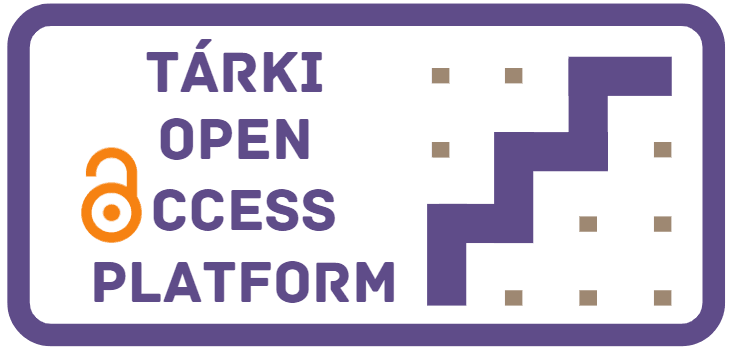A romák integrációja Magyarországon a 2010-es években
letöltésBernát Anikó
A romák integrációja Magyarországon a 2010-es években
The main economic and social indicators show a basically favourable environment emerging in Hungary over the past few years, with persistently low unemployment, growing GDP, rising real income and very low (or even zero) inflation during most of the decade in focus (Kopint-TÁRKI, 2018). The share of those living in poverty or exclusion has decreased, and all three components of this indicator (the share of those living in households with income poverty, severe material deprivation and low work intensity) has also shrunk (Bernát and Gábos, 2018). But does this progress, which describes general trends in society, also affect the traditionally most disadvantaged Hungarian social group – the Roma? The issue of how to overcome the disadvantages faced by Eastern European Roma (among them Hungarian Roma) has been discussed for over a century; over that time, the process may be seen as a series of forward and backward steps (Dupcsik, 2009). However, over the past decade, the process has rather resembled a roller-coaster, as described in the monitoring study by Bernát and Gábos (2018), on which this chapter is based.1 Most of the data used were collected by the Hungarian Central Statistical Office (HCSO): the Hungarian waves of such large-scale European surveys as the EU Statistics on Income and Living Conditions (EU-SILC) and the Labour Force Survey (LFS), which since 2013–14 have also provided information on ethnic background.2 These ethnic identity questions supplement the general EU-SILC and LFS surveys in Hungary (i.e. they are not part of the general European EUSILC and LFS datasets) and make a Roma versus non-Roma comparison possible within a large-sample, representative survey. Moreover, thanks to the Second European Union Minorities and Discrimination Survey (EU-MIDIS II) conducted by the European Union Agency for Fundamental Rights (FRA), it is also possible to place the situation of Hungarian Roma within a European context. This study presents the process of Roma integration during the 2010s through those social policy indicators that link to the areas of interventions by the European and Hungarian Roma Strategies. 3 The Hungarian National Social Integration Strategy (hereafter: ‘the Strategy’; see NTFS, 2011; MNTFS II, 2014) lists the social policy aims in order of importance: first of all, reducing the share of those living in poverty and exclusion, with a special focus on the Roma population; followed by preventing the reproduction of poverty and social exclusion, improving equal access to socio-economic goods and strengthening social cohesion. This chapter presents the progress made in achieving these aims, as reflected in the rate of those living in poverty or social exclusion and the main employment and education indicators.
